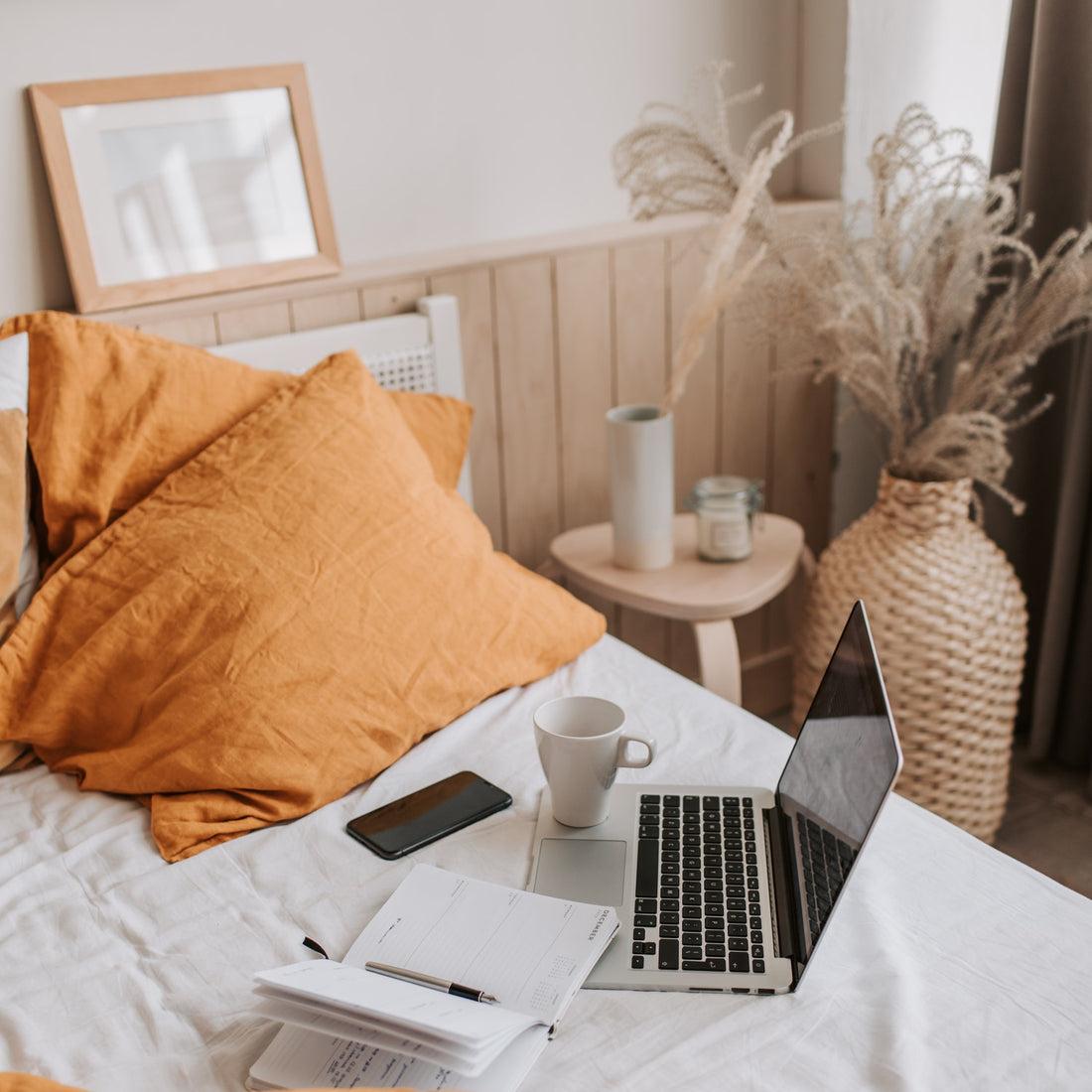With the development of science and technology, people's requirements for home textile fabrics are gradually increasing, in order to meet people's needs, and constantly develop and design different functional fabrics, also let people have more choices, today this article introduces what are the functional fabrics and what are their uses.
Anti-static home textile fabric
In the field of home textiles, synthetic fibers make up for the shortage of natural fibers and are used in large quantities, but their poor moisture absorption, easy to accumulate static electricity, woven textiles are easy to absorb dust, stain, poor breathability, and in serious cases can cause electric shock, and even cause fire. Therefore, people hope that textiles can have anti-static, that is, the fabric itself can eliminate static electricity. The current anti-static methods are two: one is the anti-static finishing of the fabric, the use of anti-static finishing agent in the finishing of the fiber surface lead to a hydrophilic film, can improve the fabric's moisture absorption, reduce the friction coefficient and surface specific resistance; two is the first fiber made of conductive fibers, and then the conductive fibers woven into fabric. Antistatic fabrics in bedding, curtains and other home textile products have been well-used.
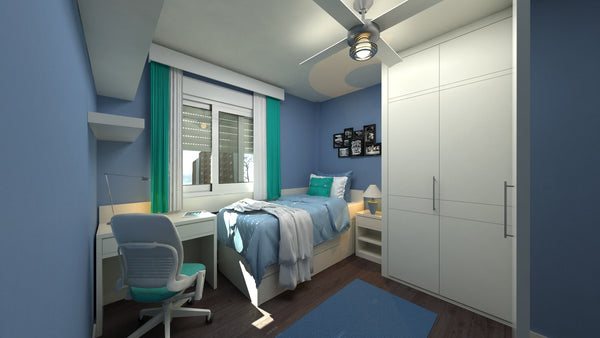
Antibacterial home textile fabrics
Textile fabrics with antibacterial function play an extremely important role in preventing germs, and daily necessities made of antibacterial functional textile fabrics have gradually become important to people, and with the development of science and technology, they are widely and deeply radiated into the details of life. For example, the use of textiles and household products made of anti-mite and anti-bacterial fibers can not only suppress mites, repel mites and effectively prevent the occurrence of skin diseases related to dust mites, but also be anti-bacterial and inhibit the reproduction of bacteria, thus achieving the purpose of improving people's living environment. Antimicrobial home textiles can be obtained through finishing such as coating or resin treatment on the fabric, and natural pure textiles are often used with this finishing technique. Antimicrobial agent can also be added to the original fiber for blending spinning, or ordinary fiber grafting antimicrobial agent to make antimicrobial fiber, and then the antimicrobial fiber for weaving, that is, antimicrobial home textiles. At present, the widely used antibacterial products include bedding, cotton wool, bedsheets, towels, towel quilts, cotton blankets, carpets, bathrobes, rags, sofa sheets, wall coverings, dunnets, tablecloths, napkins, shower curtains, etc.
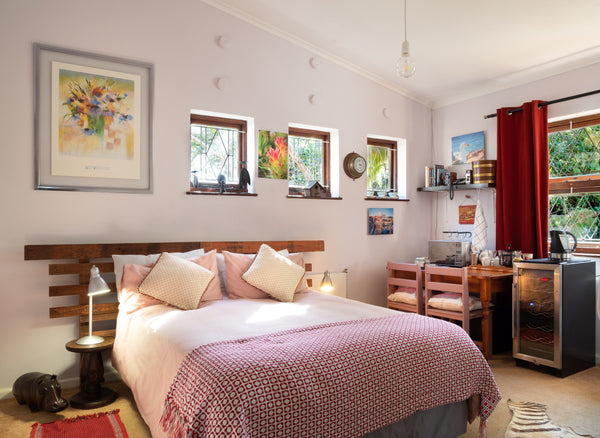
UV resistant home textile fabric
UV rays are harmful to the human body, and if people are exposed to UV rays for a long time, they will develop dermatitis, pigmentation, accelerated skin aging, and even cancer. If textiles can be made into anti-UV textiles, then the damage to the human body will be greatly reduced. There are two treatment methods for anti-UV radiation: one is the finishing method; the other is directly made into anti-UV fibers, and then the fibers are woven into fabrics. The so-called anti-UV fibers, is the UV shielding agent through melt spinning made of anti-UV fibers, the substrate has a synthetic or artificial fibers, the fabric of this fiber on the UV shielding rate of more than 95%, suitable for making curtains and other household anti-UV textiles.
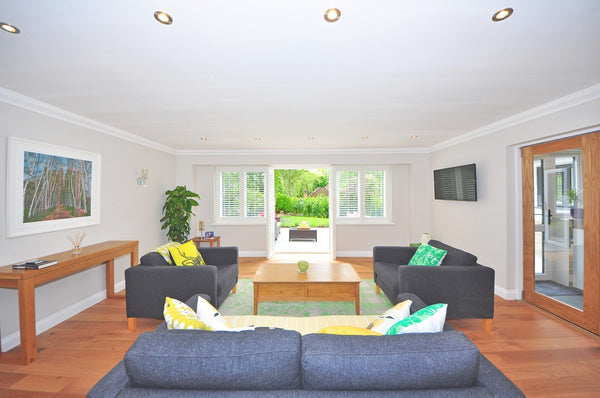
Flower type
At present, the widely popular fabric pattern is processed by jacquard, printing, embroidery, planting, rolling, cutting, rotten, baking, spraying, applique, grinding and other processes. Such as printing fabric is a combination of technology and art of special products, in some cases, the value of printed fabrics depends largely on the pattern design and printing effect, novel and chic pattern design can give the fabric to life, the same fabric, printed on different patterns, that is, reflecting the different wearing effect. There are many new variations of printing process, such as the use of paint, gold and silver thread, rolling and dyeing, etc., and combined with jacquard to create a rich visual effect. Fabric design style, in the pattern, pattern, color design style approach from time to time breakthroughs, and strive to fashion, popular new features, but also focus on the clever combination of various styles, reflecting the diversity of styles. Hemp fabric tissue structure changes in a variety of composite tissue to produce stripes and squares, tissue with the use of stripes to bring a rich appearance. Patterns combined with color weaving techniques to make linen fabric color and pattern more rich. In silk jacquard fabrics, different raw materials, silk threads or tissues strengthen the contrast of the fabric surface, presenting a relief effect, beautiful and dynamic jacquard pattern gives the fabric a flowing and luxurious feeling. Colorful pleating style is also an important expression of silk fabrics, with multiple merging, twisting of medium and strong twist silk yarn for weft yarn, through the twist shrinkage of the fabric surface to produce the effect of wrinkling. Silk stripe effect is still popular, plain, twill, change the combination of the organization of each other, in the fabric surface to form a variable vertical strip effect, unique style.
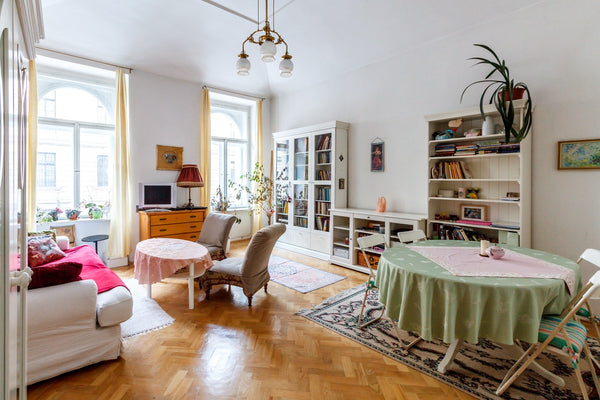
Functional and high-tech
With the strengthening of people's awareness of environmental protection, the requirements of textiles are gradually expanded from soft and comfortable, moisture absorption and breathability, wind and rain protection to mold and moth resistance, odor resistance, anti-UV, radiation protection, flame retardant, anti-static, health care and other functional and environmental aspects, and the development and application of various new fabrics and the development of new technologies, making these requirements gradually realized. Functional home textiles are home textiles with special functions, such as safety function, comfort function and health function. At present, the functional home textiles in China mainly focus on health care effects, such as antibacterial, anti-odor, anti-mite products and healthy sleep bedding, etc.

Waterproof and breathable fabric
Waterproof and breathable fabric is a new type of textile fabric, its composition is made of polymer waterproof and breathable material (PTFE membrane) and fabric composite. It is widely used in outdoor clothing, mountain climbing clothes, windbreaker, raincoat, shoes, hats and gloves, cold-proof jackets, sporting goods, medical equipment, etc. It is also gradually applied to fashion clothing.
The main functions of waterproof and breathable fabrics are: waterproof, moisture permeable, breathable, insulating, windproof and warm. Its moisture permeability is 16000g per square meter per 24 hours, waterproof pressure can reach 8000-20000 mm water column, insulation can reach up to 100,000 volts. The fabric can also maintain its best efficacy in the harsh environment and can adapt to temperatures from 427 degrees to minus 200 degrees. From the production process, the technical requirements of waterproof and breathable fabrics are much higher than those of general waterproof fabrics; at the same time, from the quality point of view, waterproof and breathable fabrics also have functional characteristics that other waterproof fabrics do not have. Waterproof and breathable fabrics strengthen the airtightness and water tightness of the fabric, while its unique vapor permeability, can make the structure of the internal water vapor quickly discharge, to avoid the structure breeding mold, and keep the body always dry, a perfect solution to the problem of breathable and windproof, waterproof, warm, etc., is a new type of healthy and environmentally friendly fabrics.
